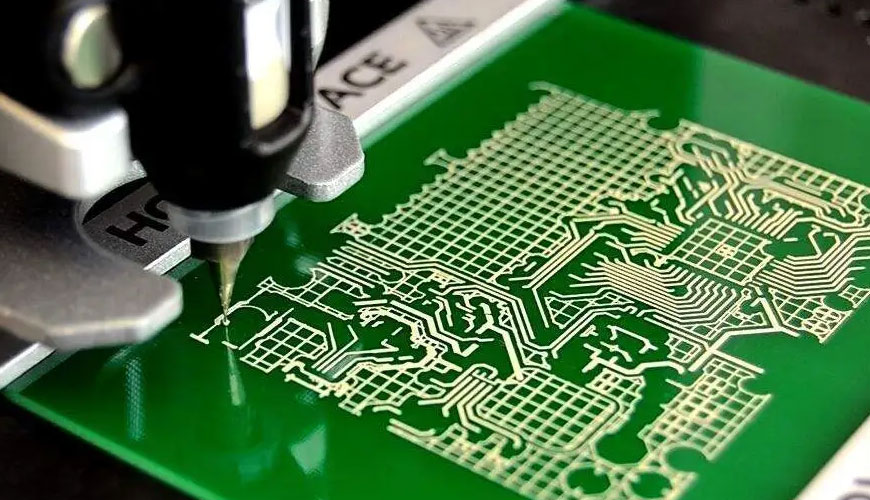

EUROLAB, with its state-of-the-art accredited laboratories and expert team, provides precise and fast testing services within the scope of IEC EN 61249-2-10 test. This part of IEC EN 61249 gives the requirements for the properties of woven E-glass laminate sheets, copper-plated, with defined flammability (vertical burning test), cyanate ester, brominated epoxide modified or unmodified, in thicknesses from 0,05 mm to 3,2 mm. . The degree of flammability is achieved through the use of brominated flame retardants, which are an integral part of the epoxide polymeric structure. The glass transition temperature is defined as a minimum of 160°C.

Some feature requirements may have several performance classes. The desired grade must be specified in the purchase order, otherwise the default material grade can be provided.
The uncoated side of a one-sided coated board will have the natural appearance resulting from the curing process. Minor irregularities in color are allowed. The gloss of the uncoated side will be the gloss imparted by the printing plate, release film or release foil used. Changes in gloss due to the influence of the pressure of the gases released during curing are allowed.
Laminate should be cuttable or perforated according to the manufacturer's recommendations. Delamination at the edges due to cutting is allowed provided the depth of delamination is not greater than the thickness of the base material. Delamination is not allowed on the edges of drilled holes due to the drilling process. Drilled holes must be able to be completely covered without interference from any leakage into the hole.
A combination of the following techniques can be used to demonstrate compliance with requirements that can be used to reduce testing frequency. Data supporting the reduction of testing frequency will be available for review upon request.
EUROLAB assists manufacturers with IEC EN 61249-2-10 test compliance. Our test experts, with their professional working mission and principles, provide you, our manufacturers and suppliers, the best service and controlled testing process in our laboratories. Thanks to these services, businesses receive more effective, high-performance and quality testing services and provide safe, fast and uninterrupted service to their customers.
To get an appointment, to get more detailed information or to request an evaluation, you can ask us to fill in our form and reach you.